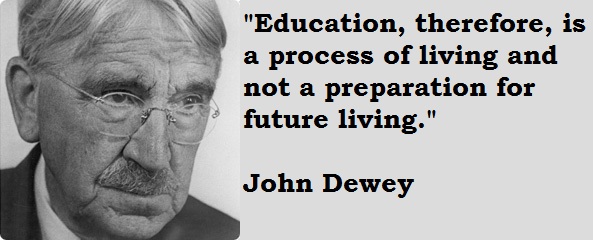In her piece, "Tracking: Why Schools Need to Take Another Route" Jeanie Oakes discusses the effects, of tracking on students, both in regards to their emotions and their education. Through this discussion she then explains why this form of education needs to be abandoned, and also new ways to go about doing so.
With tracking, those students who are placed in the higher tracks flourish, while those placed in the lower tracks often do not get the attention and support in their education that they need. Oakes also brings up another factor of the lower tracks, "Many express particular concern about tracking's effects on poor and minority students, who are laced in low-ability groups more often than other students and are less likely to be found in programs for gifted students or in college preparatory tracks". This relates back to Kristof and his explanation of how institutions make it so much harder for children of minorities and low income families to raise up in class standing and be successful. From the start of their education, students are being placed in a group which does not provide them with the tools needed to e successful. It also can be related back to Kozol and his discussion of clumping people who are struggling all together and leaving them with nothing positive to latch onto and grow off of. This video quickly expands how tracking in students goes beyond just testing and perceived education, and is based on looks, behavior, and other factors.

In regards to the classroom experiences of students who are in the higher tracks, Oakes explains, "Many teachers realize that for students, feeling comfortable in class is more than just a nice addition to learning". The classrooms which are in the higher tracks tend to focus on giving students more options in regards to what they are doing in the classroom, as well as topics, and discussions. They have more time to work independently ask questions, and participate in discussion. Classrooms in the lower track on the other hand, are more often focused on discipline, behavior, and routine, rather than academics. This creates a more stern atmosphere, which pulls away from students feeling comfortable in the classroom. As explained by August, students feeling comfortable in a classroom, helps students' education to flourish as they are focused and feel stable in their environment in the classroom. They are solely focused on the work they are doing and are not mainly focused on worrying about breaking the rules or going outside of the typical routine for the day.
But fixing this is not something which can not easily be done effectively. Oakes explains that the best way to do this is to have a curriculum which "is organized around the central themes of a subject area rather than around disconnected topics and skills, all students stand the greatest chance of enhancing their intellectual behavior". Through creating a theme based curriculum, it allows for there to be more open-ended right answers, and for students of all abilities to take part, as there are various paths to these answers. This helps eliminate there being different "Tracks" and different levels of work for students, as they are all being allowed to participate. It also helps to create a comfortable and inclusive feeling in the classroom, which also helps further the learning happening as said above.






